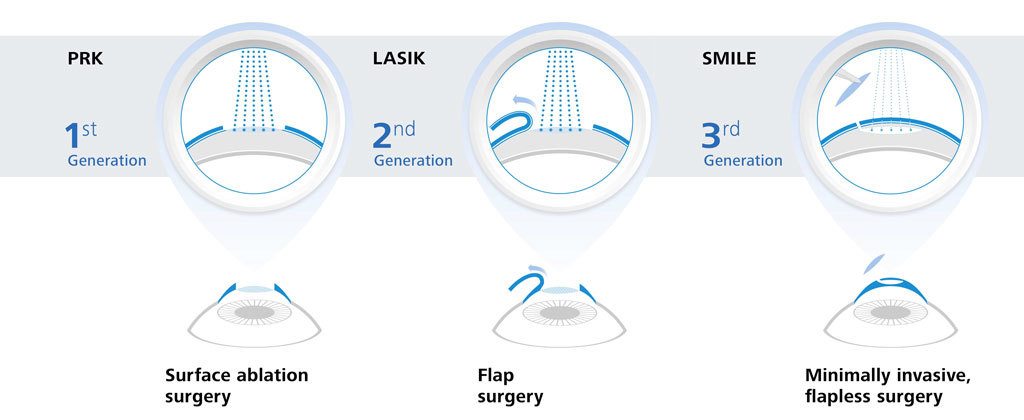Refractive Lens Exchange Explained: What Your Ophthalmologist Isn't Informing You
Refractive Lens Exchange Explained: What Your Ophthalmologist Isn't Informing You
Blog Article
Content By-Blackwell Andreassen
Have you ever took into consideration Refractive Lens Exchange (RLE) as a choice for vision correction? While it isn't as widely discussed as LASIK, RLE could be a game-changer for your eyesight. Many individuals neglect its benefits, assuming traditional methods are their only selection. Yet what are the real benefits, and what might your optometrist not be telling you about this procedure? Let's discover https://www.perthnow.com.au/lifestyle/health-wellbeing/the-truth-about-laser-eye-surgery-ng-b88854591z and outs of RLE with each other.
Comprehending Refractive Lens Exchange: The Fundamentals
Refractive lens exchange (RLE) is a surgical procedure that can dramatically boost your vision, especially if you're taking care of presbyopia or severe refractive mistakes.
Throughout RLE, your eye doctor removes your eye's natural lens and replaces it with an artificial one customized to your vision requires. This procedure can correct nearsightedness, farsightedness, and astigmatism, offering you more clear vision without relying on glasses or get in touch with lenses.
The surgery is commonly fast, taking less than an hour, and the majority of clients experience marginal pain. Recuperation is fairly fast, allowing you to return to your daily tasks soon after.
If you're considering RLE, speaking with your ophthalmologist can aid you establish if it's the right choice for you.
Key Distinctions Between RLE and Conventional Cataract Surgical Treatment
While both refractive lens exchange (RLE) and typical cataract surgery include changing the eye's natural lens, their key objectives and patient accounts differ dramatically.
RLE is targeted at individuals seeking to decrease their dependence on glasses or contact lenses as a result of refractive errors, commonly prior to cataracts establish. In contrast, standard cataract surgical procedure usually targets clients that have actually established cataracts, which shadow the lens and impair vision.
The lenses utilized in RLE can offer a broader range of vision modification, while common cataract surgery typically entails basic monofocal lenses.
Furthermore, RLE candidates are commonly more youthful and in excellent general health and wellness, whereas cataract individuals might be older and have various other wellness worries.
Choosing the ideal treatment depends on your details vision demands and scenarios.
Prospective Advantages and Factors To Consider of RLE
If you're taking into consideration refractive lens exchange (RLE), you'll discover several potential benefits that might enhance your lifestyle.
RLE can offer you with clearer vision, decreasing or removing the requirement for glasses or get in touch with lenses. It uses a chance to attend to presbyopia and other refractive errors simultaneously, usually improving your overall visual acuity.
Additionally, RLE can be a wonderful option if you're not a suitable prospect for LASIK. Nonetheless, it is essential to evaluate the considerations, like the cost, prospective threats, and the recovery duration.
Discussing Read Home Page with your optometrist can help you make a notified decision, guaranteeing you pick the best course for your vision modification.
Conclusion
To conclude, refractive lens exchange supplies an one-of-a-kind remedy for vision modification that surpasses what LASIK can provide. It's essential to consider the benefits against possible threats and costs before choosing. Don't think twice to ask your optometrist the difficult questions to ensure you totally comprehend the procedure and its ramifications for your vision. With the ideal information, you can confidently pick the most effective choice for your eyes and way of living.
